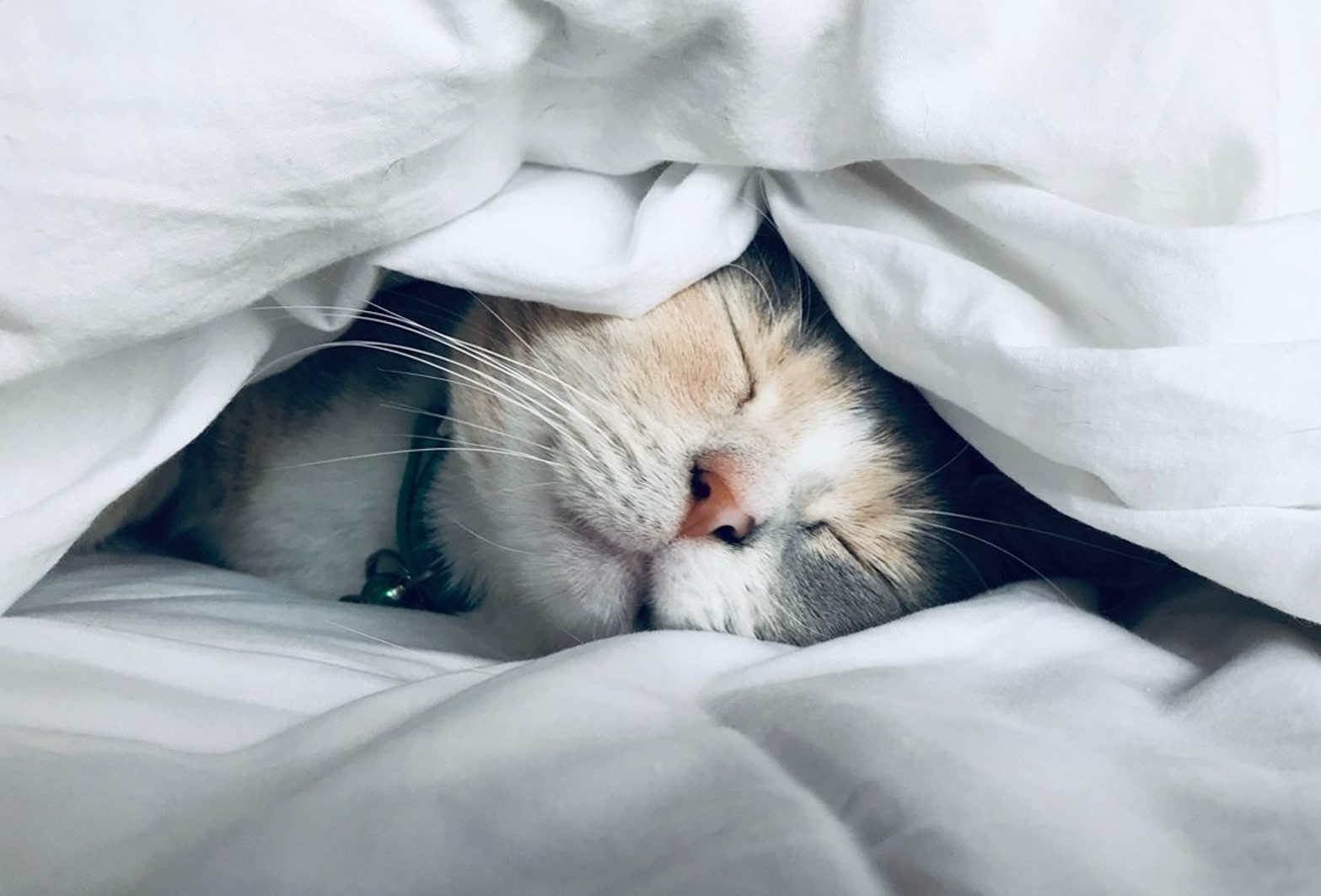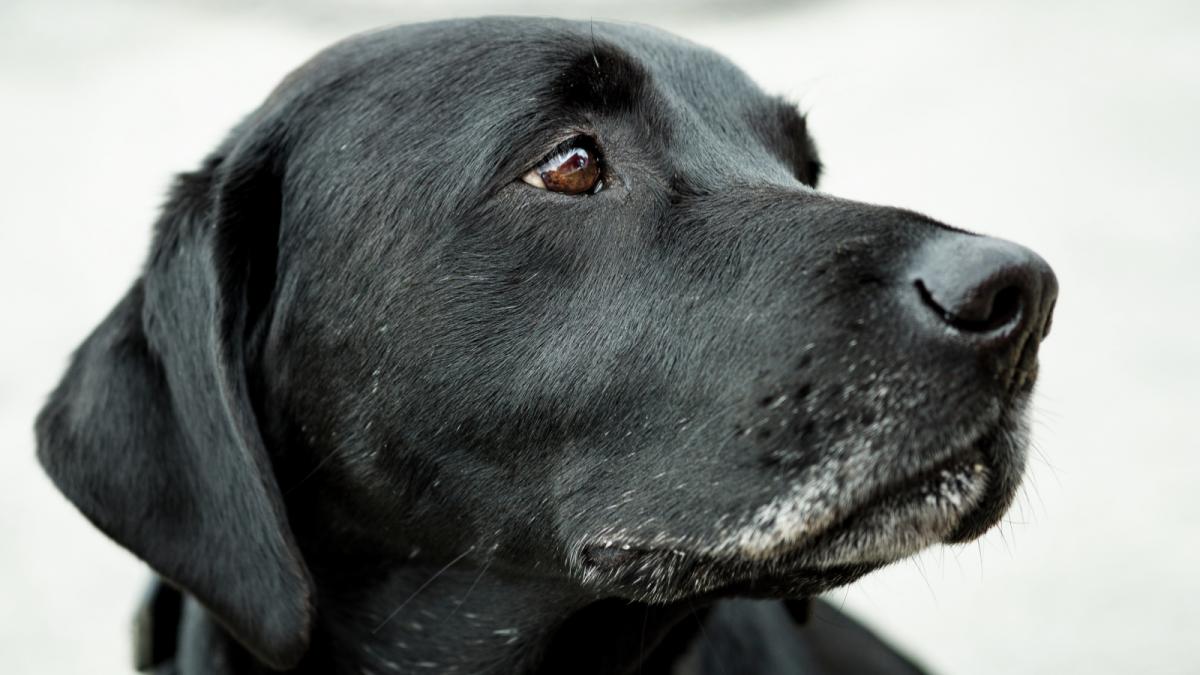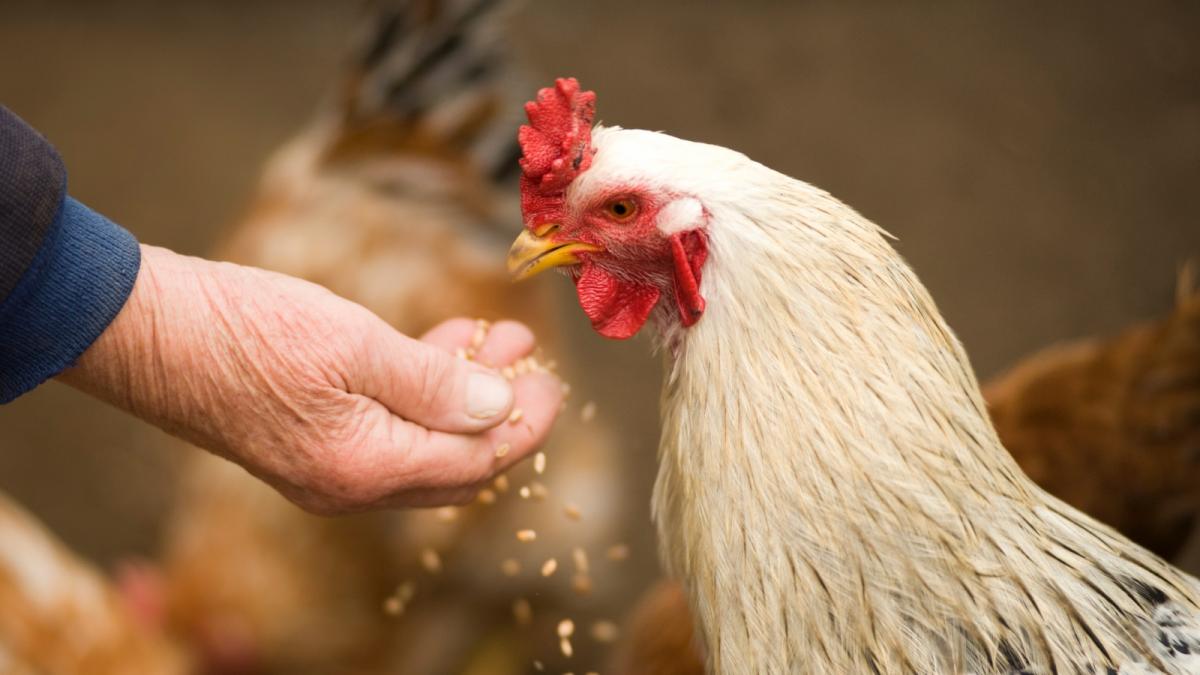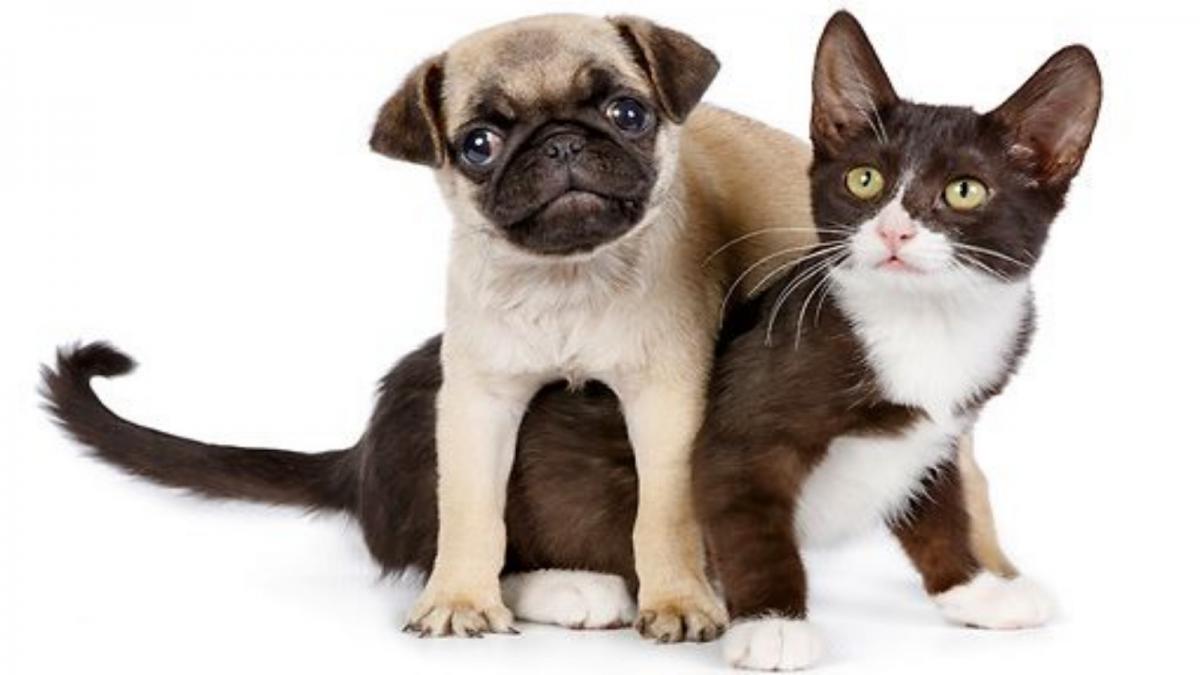Share

With diet playing such an important role in the overall health and wellbeing of our pets, just how do you know that your cat’s diet is adding and not detracting from their quality of life?
We asked our resident vet, Dr Heidi for some of the more common ‘tell-tail’ signs that a change of diet may be on the cards.
Sign #1 – Loss of appetite
If you notice that your cat stops eating or drinking for an entire day or more, take note and book them in to see your vet!
Similarly, if your cat is losing interest in their food then this may be a sign that their diet is missing the vital minerals, nutrients and power that a wholefood diet can provide. Cats should experience joy when they eat and become excited at the prospect of their next meal. If your cat shows a distinct lack of interest then try a fresh, unprocessed diet and notice the difference. Cats are fastidious eaters and will not be able to tolerate highly processed food without it impacting their health.
Sign #2 – Frequent vomiting
Many cat owners think that vomiting is normal, but vomiting is never without a reason. Cats who are fed highly-processed food are more likely to suffer from digestive problems such as pancreatitis, or liver and kidney disease. Cats frequently hide their symptoms but frequent vomiting is a sign that a trip to the vet is important.
Sign #3 – Diarrhoea
Frequent diarrhoea is a sure sign that there is some form of deeper digestive issue with your cat which requires some care and attention from your local vet. Diarrhoea is also very uncomfortable for your cat and if left untreated, can lead to dehydration and further digestive damage.
A vet may recommend a diet change as part of the solution to restoring the wellness for your pet.
Sign #4 – Changes in urination
If you notice a change in the quantity of your cat’s ‘pee’ or, that your cat is struggling to pee full stop, then this will usually indicate a urinary tract or kidney problem and needs to be addressed immediately by your local vet.
Again, foods with a high water content help to promote a healthy urinary pH and facilitate dilution in the digestive system, while others can assist the bladder to heal after a period of urinary stress such as cranberries.
Sign #5 – Smelly breath
Cats are designed to eat small, furry animals so a soft, mushy, processed diet can allow tartar to accumulate on their teeth. If you notice that your cat is breathing oddly and/or with a particularly foul odour, it probably means that your cat has some kidney problems and serious dental disease. It is advisable to take your cat to a vet for a check-up.
A healthy pet starts with healthy choices for their food bowl.
Here are some other quick serving tips that your cat will love you for!
- Use a clean, metal or ceramic dish for serving food – plastic absorbs lots of nasty residues over time that are not great for your pets!
- Serve food warm or at room temperature
- Serve water that has no chlorine or fluoride additives if possible. Ideally, cats love running water ( try using a water fountain ) and living rainwater.
Dr Heidi
Holistic Veterinarian
Cat Mum to Angel, Petal, Carrot, Tigress and several transient kittens
Kat and Tom "Ask the Vet" Dr Heidi Ward-McGrath what do when your Dog has sticky eyes...
Kat and Tom "Ask the Vet" Dr Heidi Ward-McGrath (Surgeon, Entrepreneur and Independent Researcher) for her thoughts on a listener question regarding a chicken that has slowed down and is behaving out of character
Kat and Tom "Ask the Vet" Dr Heidi Ward-McGrath (Surgeon, Entrepreneur and Independent Researcher) for her thoughts on genetic conditions with pugs and Dr Heidi answers a listener question about a noisy cat.
Kat and Tom "Ask the Vet" Dr Heidi Ward-McGrath for her tips for a listener who's rabbit won't stop biting...






